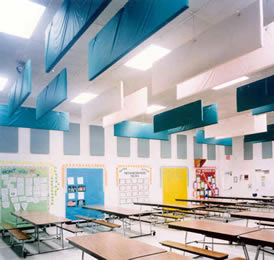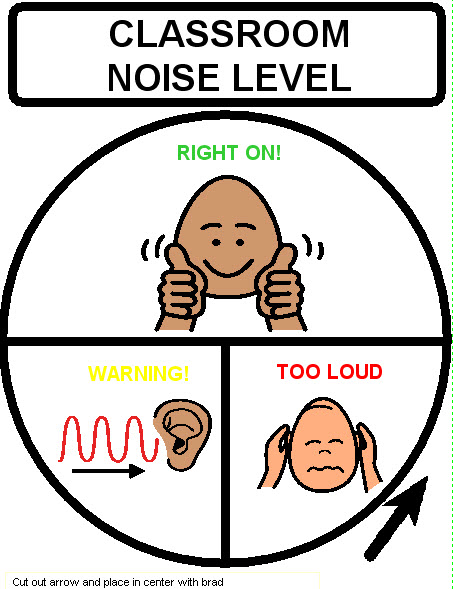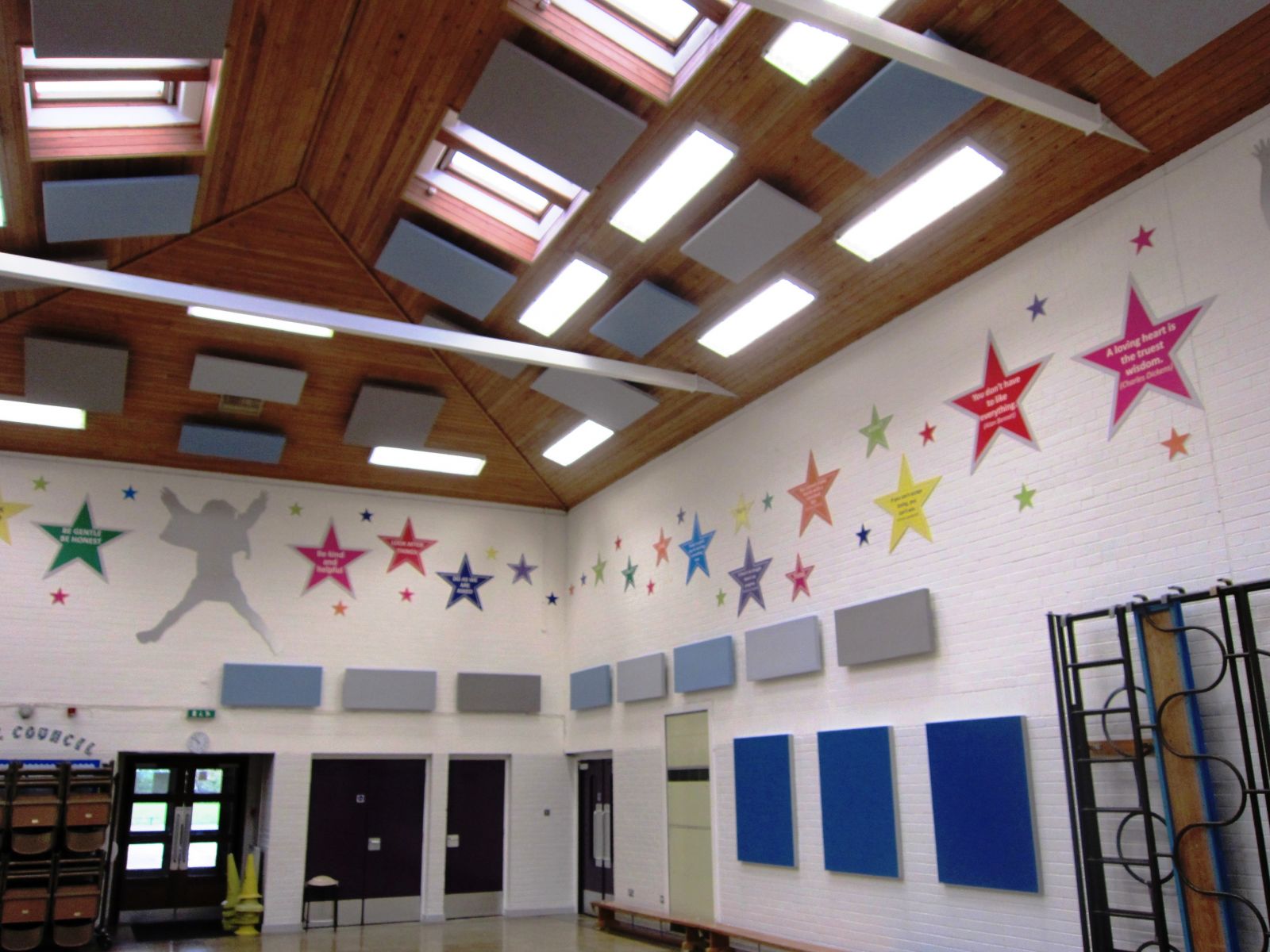How To Reduce Classroom Noise

It’s approaching that time of year again, the time where the suntan lotion and bathing suits are put away and replaced by number two pencils and notebook paper.
Conversations deviate from vacations and warm weather to figuring out long division problems and getting that book report in on time. It’s back to school time, and it’s steadily moving closer.
We never really know what is going on inside the classroom since we aren’t there to witness it, thus we have high hopes that our children are in fact listening intently to the teacher explaining that Christopher Columbus sailed the ocean blue in 1492, though deep down inside we know that this is not always the case.
However, an aspect that could be seriously effecting your child’s concentration in the classroom may not be something as simple as the cute classmate sitting in front of them, but rather the ambient or “background noises” that occur both inside and outside the classroom.
In 1975, a study done by Bronzaft and Murphy compared reading scores among children who attended classes on a building’s side that faced a noisy train structure with those who attended classes on the building’s quiet side.
The results showed that the children who had class on the noisy side of the building were nearly a year behind those on the quiet side.
It was also noted that the children exposed to the noisy trains complained about this noise, and claimed that it made it difficult for them to think.
We are used to the basic noises that our children interact with on a daily basis like video games and iPods, but we may not know much about the sounds they interact with in the classroom, many of which can lead to distraction.
The internal noises such as heat pumps, air conditioners, printers, and projectors along with the external ones like traffic, planes, playgrounds, and lawn mowers are all noise examples that when heard can be considered a disturbance.
Subsequently, rather than your child paying attention to the lecture on The Catcher and the Rye, they are more focused on the children screaming in laughter on the playground or the buzzing coming from the air conditioner.
Luckily, as a leading full service provider in both noise control & sound attenuation, Memtech Acoustical is able to provide a solution to these noise problems and create a better learning environment for both students and teachers.

There are several products that we can use in order to solve these classroom noise problems
-First we have Sonex Valueline Baffles. These baffles are meant for use in large classrooms and are used to help improve communication and reduce the echo inside the room. This product is able to absorb energy from multiple sources, thus reducing the noise and reverberation throughout the room.
-Second, we have what are called Sonex Valueline Panels. These panels are designed to be used in classrooms as well as music rooms. The subtle surface pattern on these panels renders them inconspicuous in most settings, and they offer excellent acoustical control across all frequencies with a Noise Reduction Coefficient (NRC) ranging from 0.75 to 1.05.
-Third, we have Fabritec Wall Panels. These panels showcase a custom look, durable construction, and great sound absorbing characteristics. They also add style that fits your space, while absorbing up to 85% of the sound directed at them.
-A fourth solution to the noisy classroom is called Harmoni Ceiling Tiles. These tiles combine contemporary styling with excellent acoustical control at a moderate price. In addition, they also possess an aesthetic flair quality, while absorbing sound and promoting functionality.

